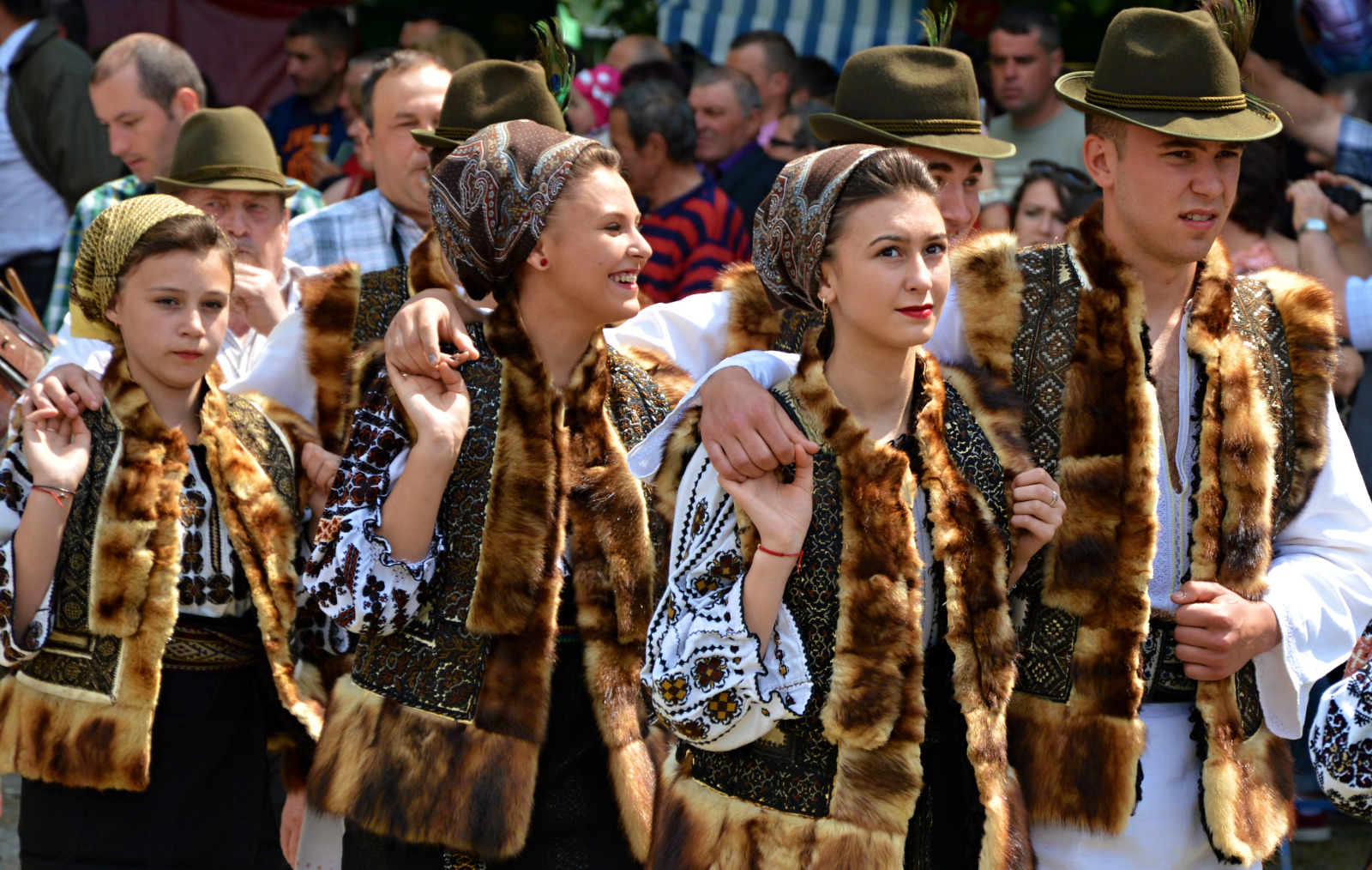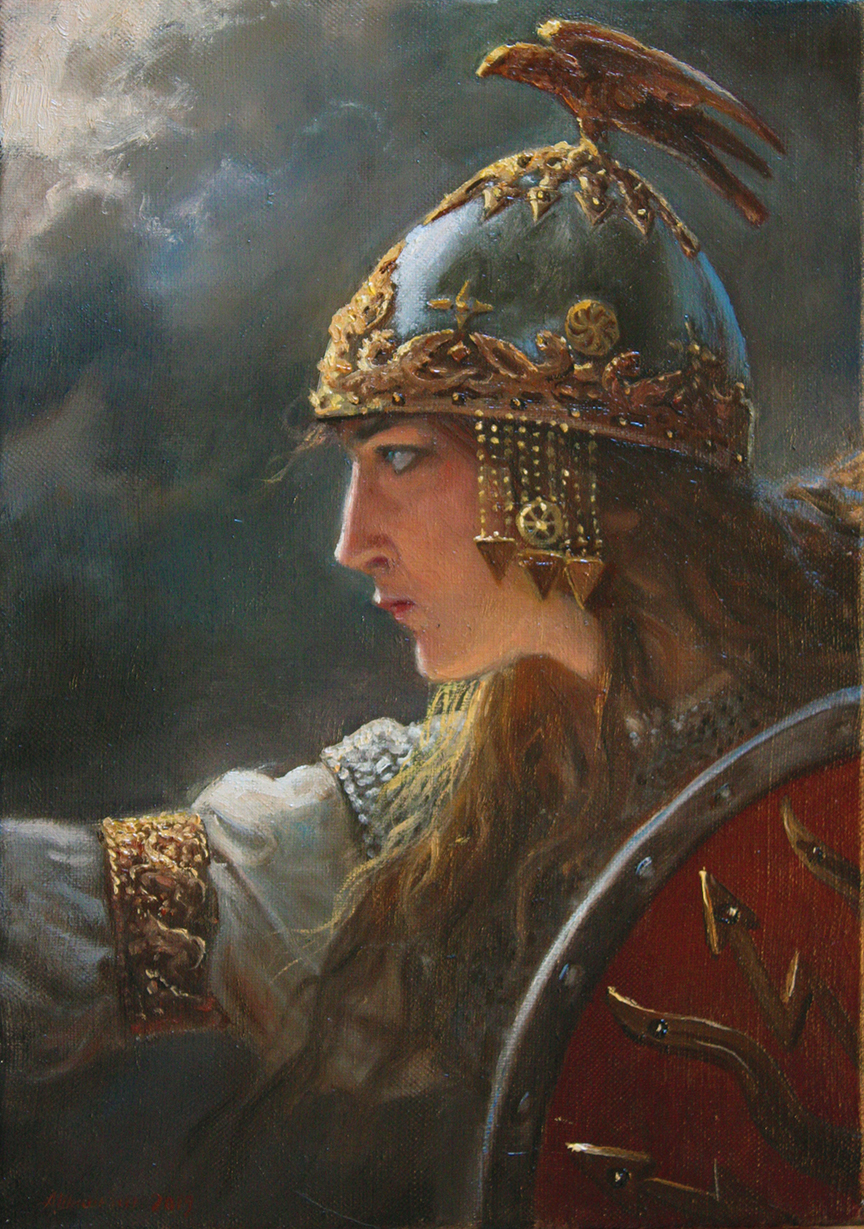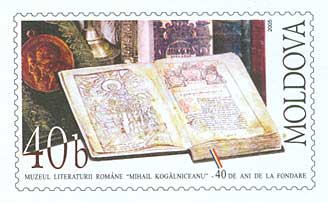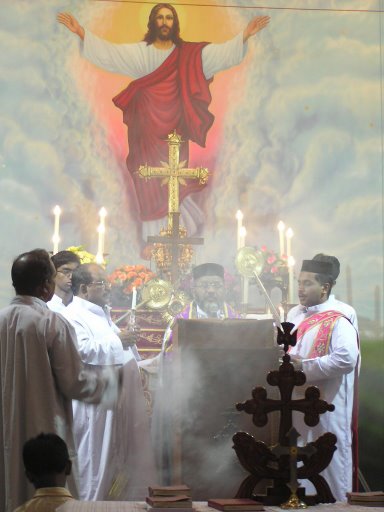|
Caloian
''Caloian'' (also ''Calian(i)'', ''Caloiță'', ''Scaloian'', ''Gherman'', or ''Iene'') was a rainmaking and fertility rite in Romania, similar in some ways to '' Dodola''. Its namesake is a clay effigy, whose sculpting, funeral, exhumation, and eventual destruction are centerpieces of the display. The source of this ritual, as is the case with those of many other local popular beliefs and practices, precedes the introduction of Christianity, although it came in time to be associated with Orthodox Easter or with the Feast of the Ascension. In some variants it was performed on a precisely calculated day two to three weeks after Easter, though local communities could also revive it at other times of the year, specifically during drought. The figurine was generally made from clay and most often by girls, though sometimes also by boys or married women; the ceremony itself would draw in the whole village community as spectators, and, in isolated cases, also had active participation ... [...More Info...] [...Related Items...] OR: [Wikipedia] [Google] [Baidu] |
Folklore Of Romania
The folklore of Romania is the collection of traditions of the Romanians. A feature of Romanian culture is the special relationship between folklore and the learned culture, determined by two factors. First, the rural character of the Romanian communities resulted in an exceptionally vital and creative traditional culture. Folk creations (the best known is the ballad Miorița) were the main literary genre until the 18th century. They were both a source of inspiration for cultivated creators and a structural model. Second, for a long time learned culture was governed by official and social commands and developed around courts of princes and boyars, as well as in monasteries. Overview Creation of the world Stories suggest God made the earth with the help of animals, while the Devil was trying to thwart his plans.Cosma, Aurel. ''Cosmogonia poporului român'' (The Cosmogony of the Romanian People) (1942). Bucharest: Tipografia Ziarului "Universul".Leeming, David Adams. ''Creation ... [...More Info...] [...Related Items...] OR: [Wikipedia] [Google] [Baidu] |
Dodola
Dodola (also spelled ''Dodole'', ''Dudola'', ''Dudula'' etc.) and Perperuna (also spelled ''Peperuda'', ''Preperuda'', ''Preperuša'', ''Prporuša'', ''Papaluga'' etc.), are Balkans, Balkan Rainmaking (ritual), rainmaking pagan customs practiced until the 20th century. The tradition is found in South Slavs, South Slavic countries (Bulgaria, Croatia, North Macedonia, Montenegro, and Serbia), as well as in near Albania, Greece, Hungary, Moldavia and Romania. It is a ceremonial ritual of singing and dancing done by young boys and girls in times of droughts. According to some interpretations it was related to Slavic god Perun, and Perperuna could have been a Slavic goddess of rain, and the wife of the supreme deity Perun (god of thunder and weather in the Slavic pantheon). Names The custom's Slavic prototype name is ''*Perperuna'' (with variations ''Preperuna'', ''Peperuna'', ''Preperuda/Peperuda'', ''Pepereda'', ''Preperuga/Peperuga'', ''Peperunga'', ''Pemperuga'' in Bulgaria and ... [...More Info...] [...Related Items...] OR: [Wikipedia] [Google] [Baidu] |
Rainmaking (ritual)
Rainmaking is a weather modification ritual that attempts to invoke rain. Among the best known examples of weather modification rituals are North American rain dances, historically performed by many Native American tribes, particularly in the Southwestern United States. Some of these weather modification rituals are still implemented today. Examples North America Julia M. Buttree (the wife of Ernest Thompson Seton) describes the rain dance of the Zuni, along with other Native American dances, in her book ''The Rhythm of the Redman''. Feathers and turquoise, or other blue items, are worn during the ceremony to symbolize wind and rain respectively. Details on how best to perform the Rain Dance have been passed down by oral tradition. In an early sort of meteorology, Native Americans in the midwestern parts of the modern United States often tracked and followed known weather patterns while offering to perform a rain dance for settlers in return for trade items. This is best doc ... [...More Info...] [...Related Items...] OR: [Wikipedia] [Google] [Baidu] |
German (mythology)
German (GER-man, ) is a South Slavic mythological being, recorded in the folklore of eastern Serbia and northern Bulgaria. He is a male spirit associated with bringing rain and hail. His influence on these precipitations can be positive, resulting in the amount of rain beneficial for agriculture, or negative, with a drought, downpours, or hail. Rituals connected with German included making a doll intended to represent this personage. This effigy of German, made of rags, fired clay, or dried fruits, was rather large, usually with a distinct representation of the male genitals. It was produced and used in rituals exclusively by girls or young women. Janićijević, pages 184-186.Pešikan-Ljuštanović In Eastern Serbia, when a drought developed, girls would make such a doll, and bring it to a river bank. Depending on the regional custom, they would either bury it by the river, or put it in a little coffin and let it float down the river. Two of the girls would then start lamenting fo ... [...More Info...] [...Related Items...] OR: [Wikipedia] [Google] [Baidu] |
Viziru
Viziru is a commune located in the central part of Brăila County, Muntenia, Romania. It is composed of two villages, Lanurile and Viziru. The commune is traversed by the DN21 road, linking the county seat, Brăila, to Slobozia. It is crossed the 45th parallel north. Natives * Costică Dafinoiu * Gheorghe Dogărescu Gheorghe Dogărescu (15 May 1960 − 18 August 2020) was a Romanian handball player who won a bronze medal at the 1984 Olympics. He spent most of his club career with Dinamo București, reaching with them the final of the 1981 EHF Cup Winners' C ... References Communes in Brăila County Localities in Muntenia {{Brăila-geo-stub ... [...More Info...] [...Related Items...] OR: [Wikipedia] [Google] [Baidu] |
Human Sacrifice
Human sacrifice is the act of killing one or more humans as part of a ritual, which is usually intended to please or appease gods, a human ruler, an authoritative/priestly figure or spirits of dead ancestors or as a retainer sacrifice, wherein a monarch's servants are killed in order for them to continue to serve their master in the next life. Closely related practices found in some tribal societies are cannibalism and headhunting. Human sacrifice was practiced in many human societies beginning in prehistoric times. By the Iron Age with the associated developments in religion (the Axial Age), human sacrifice was becoming less common throughout Africa, Europe, and Asia, and came to be looked down upon as barbaric during classical antiquity. In the Americas, however, human sacrifice continued to be practiced, by some, to varying degrees until the European colonization of the Americas. Today, human sacrifice has become extremely rare. Modern secular laws treat human sacrifices ... [...More Info...] [...Related Items...] OR: [Wikipedia] [Google] [Baidu] |
Romanian Orthodox Church
The Romanian Orthodox Church (ROC; ro, Biserica Ortodoxă Română, ), or Patriarchate of Romania, is an autocephalous Eastern Orthodox church in full communion with other Eastern Orthodox Christian denomination, Christian churches, and one of the nine patriarchates in the Eastern Orthodox Church organization, Eastern Orthodox Church. Since 1925, the church's Primate (bishop), Primate bears the title of Patriarch. Its jurisdiction covers the territories of Romania and Moldova, with additional dioceses for Romanians living in nearby Serbia and Hungary, as well as for diaspora communities in Central Europe, Central and Western Europe, North America and Oceania. It is the only autocephalous church within Eastern Orthodox Church, Eastern Orthodoxy to have a Romance languages, Romance language for liturgical use. The majority of Romania's population (16,367,267, or 85.9% of those for whom data were available, according to the 2011 census data), as well as some 720,000 Moldovans, belo ... [...More Info...] [...Related Items...] OR: [Wikipedia] [Google] [Baidu] |
Dacians
The Dacians (; la, Daci ; grc-gre, Δάκοι, Δάοι, Δάκαι) were the ancient Indo-European inhabitants of the cultural region of Dacia, located in the area near the Carpathian Mountains and west of the Black Sea. They are often considered a subgroup of the Thracians. This area includes mainly the present-day countries of Romania and Moldova, as well as parts of Ukraine, Moravian Banovina, Eastern Serbia, Northern Bulgaria, Slovakia, Hungary and Southern Poland. The Dacians and the related Getae spoke the Dacian language, which has a debated relationship with the neighbouring Thracian language and may be a subgroup of it. Dacians were somewhat culturally influenced by the neighbouring Scythians and by the Celtic invasion of the Balkans, Celtic invaders of the 4th century BC. Name and etymology Name The Dacians were known as ''Geta'' (plural ''Getae'') in Ancient Greek writings, and as ''Dacus'' (plural ''Daci'') or ''Getae'' in Roman Empire, Roman documents, b ... [...More Info...] [...Related Items...] OR: [Wikipedia] [Google] [Baidu] |
Paleo-Balkan Mythology
Paleo-Balkan mythology is the group of religious beliefs held by Paleo-Balkan-speaking peoples in ancient times, including Illyrian, Thracian and Dacian mythologies. Horseman The cult of the Thracian horseman, especially his depiction as a hunter (either chasing or holding the hunted animal in his hand), was widespread within the Balkano-Danubian area during the Roman period. Subsets of Paleo-Balkan mythology *Albanian folk beliefs *Illyrian religion *Thracian religion *Dacian religion *Greek mythology See also *Zalmoxianism Zalmoxianism ( ro, Zalmoxianism) or Zamolxianism ( ro, Zamolxianism, link=no) is a Neopagan movement in Romania which promotes the rebuilding of an ethnic religion and spirituality of the Romanians through a process of reconnection to their ancien ... Sources Citations Bibliography * * * Indo-European mythology Religion in classical antiquity Thracian religion Illyrian mythology Albanian mythology Paleo-Balkan mythology {{Mythology-st ... [...More Info...] [...Related Items...] OR: [Wikipedia] [Google] [Baidu] |
Romanian Literature
Romanian literature () is literature written by Romanian authors, although the term may also be used to refer to all literature written in the Romanian language. History The development of the Romanian literature took place in parallel with that of a rich Romanian folklore - lyric, epic, dramatic and didactic - which continued in modern times. The Romanian oral literature includes doine (lyric songs), ''balade'' (ballads), hore (dance songs), colinde (carols), ''basme'' ( fairy tales), ''snoave'' ( anecdotes), ''vorbe'' (proverbs), and ''ghicitoare'' (riddles). Beginnings The earliest surviving document in Romanian is Neacșu's Letter written in 1521, to the ''jude'' ("judge and mayor") of Brașov, Hans Benkner. Romanian culture was heavily influenced by the Eastern Orthodox Church, the official stance of the Romanian Church being that Orthodoxy was brought to the Romanian land by the Apostle Andrew. According to some modern Romanian scholars, the idea of early Christianisat ... [...More Info...] [...Related Items...] OR: [Wikipedia] [Google] [Baidu] |
Litany
Litany, in Christian worship and some forms of Judaic worship, is a form of prayer used in services and processions, and consisting of a number of petitions. The word comes through Latin ''litania'' from Ancient Greek λιτανεία (''litaneía''), which in turn comes from λιτή (''litḗ''), meaning "supplication". Christianity Western Christianity This form of prayer finds its model in Psalm 136: "Praise the Lord, for he is good: for his mercy endures for ever. Praise ye the God of gods . . . the Lord of lords . . . Who alone doth great wonders . . . Who made the heavens", etc., with the concluding words in each verse, "for his mercy endures for ever." The Litany originated in Antioch in the fourth century and from there was taken to Constantinople and through it to the rest of the East...From Constantinople the Litany was taken to Rome and the West. Josef Andreas Jungmann explains how the ''Kyrie'' in the Roman Mass is best seen as a vestige of a litany at the beginn ... [...More Info...] [...Related Items...] OR: [Wikipedia] [Google] [Baidu] |
Feast Of The Ascension
The Solemnity of the Ascension of Jesus Christ, also called Ascension Day, Ascension Thursday, or sometimes Holy Thursday, commemorates the Christian belief of the bodily Ascension of Jesus into heaven. It is one of the ecumenical (i.e., shared by multiple denominations) feasts of Christian churches, ranking with the feasts of the Passion and Pentecost. Following the account of that the risen Jesus appeared for 40 days prior to his Ascension, Ascension Day is traditionally celebrated on a Thursday, the fortieth day of Easter; although some Christian denominations have moved the observance to the following Sunday. The day of observance varies by ecclesiastical province in many Christian denominations, as with Methodists and Catholics, for example. History The observance of this feast is of great antiquity. Eusebius seems to hint at the celebration of it in the 4th century. At the beginning of the 5th century, Augustine of Hippo says that it is of Apostolic origin, and he speaks of ... [...More Info...] [...Related Items...] OR: [Wikipedia] [Google] [Baidu] |
.jpg)



_-_Ciudad_de_México.jpg)




